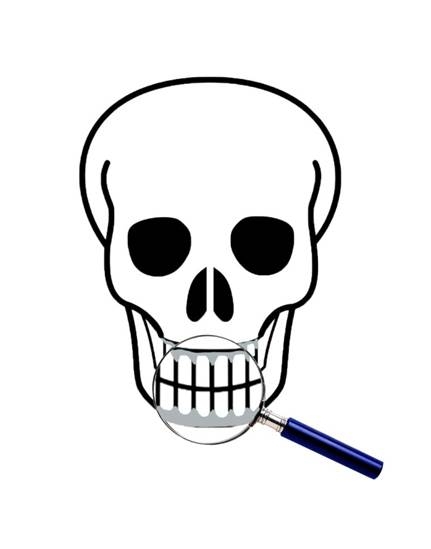Research project
Biomolecular analyses of skeletal remains in the circum-Caribbean across the historical divide (A.D. 1000-1800)
As part of the NEXUS1492 project, this project will use ancient DNA techniques to shed new light on the demographic and health history of the Caribbean and the impact of European colonization on indigenous communities in the region.

Research question
The aims of this project are:
- Assess the preservation of ancient DNA in the Caribbean.
- Develop innovative ancient DNA methods
- Explore dental calculus as a new source of paleogenomic data
Project description
Beginning in A.D. 1492, the circum-Caribbean was the locus of the first large-scale encounters between the Old and New Worlds, bringing together populations of diverse geographical origins. Yet, even before European arrival the circum-Caribbean was already an inter-connected region, with intra- and inter-island mobility. Consequently, there is great interest in studying the long-term population history of the circum-Caribbean. However, due to the demographic impact and disease history of European colonization and subsequent admixture with both Europeans and Africans, it is very difficult to obtain genetic information on the indigenous inhabitants of the Caribbean from present-day populations. Ancient DNA (aDNA) techniques present a powerful alternative method for recovering genetic information from the indigenous inhabitants of the Caribbean before, during, and after the European contact.
Most aDNA studies to date have been conducted on bone and dentine from cold or temperate environments. Freezing temperatures slow chemical reactions and inhibit microbial activity that can eat away cells and expose the fragile DNA molecules inside. Warmer temperatures on the other hand accelerate chemical reactions, and the presence of water also contributes to the breakdown of molecules. Average annual temperatures in the Caribbean rarely drop below 25°C and it is often very humid. Hence, one of the greatest challenges of aDNA studies in the Caribbean is preservation.
One approach to overcome preservation challenges is to explore the potential of other available substrates such as dental calculus (calcified dental plaque). Recent research on ancient dental calculus indicates that it is the richest known source of aDNA in the archaeological record, exceeding the DNA content of bone and dentine by 2-3 orders of magnitude (Warinner et al. 2014). Dental calculus is thus potentially very valuable for studies of ancient and degraded samples.

Scientific relevance
This study has the unique potential to explore and provide new insights in the results of human interaction, specifically human interaction in first encounter and colonization settings. In such interactions, the transmission and evolution of diseases fundamentally impact human population dynamics and their development over time. The effects of these impacts have hitherto been difficult to study using conventional anthropological techniques. The rapid development and application of biomolecular techniques has opened up a new world of opportunities. Furthermore, to the best of my knowledge, no studies have been conducted using Next Generation Sequencing (NGS) in the circum-Caribbean before. As such, the methods used in this study are both novel and part of a continuously developing area of research, as well as pioneering for the Caribbean region. In addition, the use of archaeological dental calculus to investigate disease is a new and powerful technique in this innovative area of research.
The study of oral ancient microbiomes, constructed from dental calculus, presents a unique opportunity to investigate the ecology and evolution of the oral microbiome prior to the influence of our post-industrial life-style, globalized food chain, hygiene and antibiotic exposure (Maslowski & Mackay, 2011). Additionally, the study of ancient microbiomes allosw researchers to move beyond Koch’s postulates to investigate the full community of commensal, symbiotic and pathogenic microorganisms that contribute to human health and disease both today and in the past (Warinner, Speller, & Collins, 2015). Furthermore, direct investigation of ancient microbiomes would provide new perspectives on the coevolution of microbes and hosts, as well as host microbial ecology and changing human health states through time (Warinner, Speller, Collins, et al., 2015).
Material & Methods
Sseveral methods will be used to answer the research questions, including targeted amplicon (16S rRNA gene) sequencing, shotgun sequencing and targeted-enrichment of different substrates (dental calculus, dentine and bone).

Results & Conclusions
While amplicon-based approaches may be useful for qualitatively assessing sample preservation and contamination, they are vulnerable to taphonomic artifacts and are not appropriate for the reconstruction of ancient microbial communities (Ziesemer et al., 2015). Instead, shotgun metagenomic sequencing can be used to generate community taxonomic data from ancient microbiome samples.
Furthermore, in an upcoming publication we show the importance of burial context and sample type in the selection of successful samples with a higher likelihood of amplifiable DNA, especially in challenging environments, such as the circum-Caribbean (Ziesemer et al., in prep).
